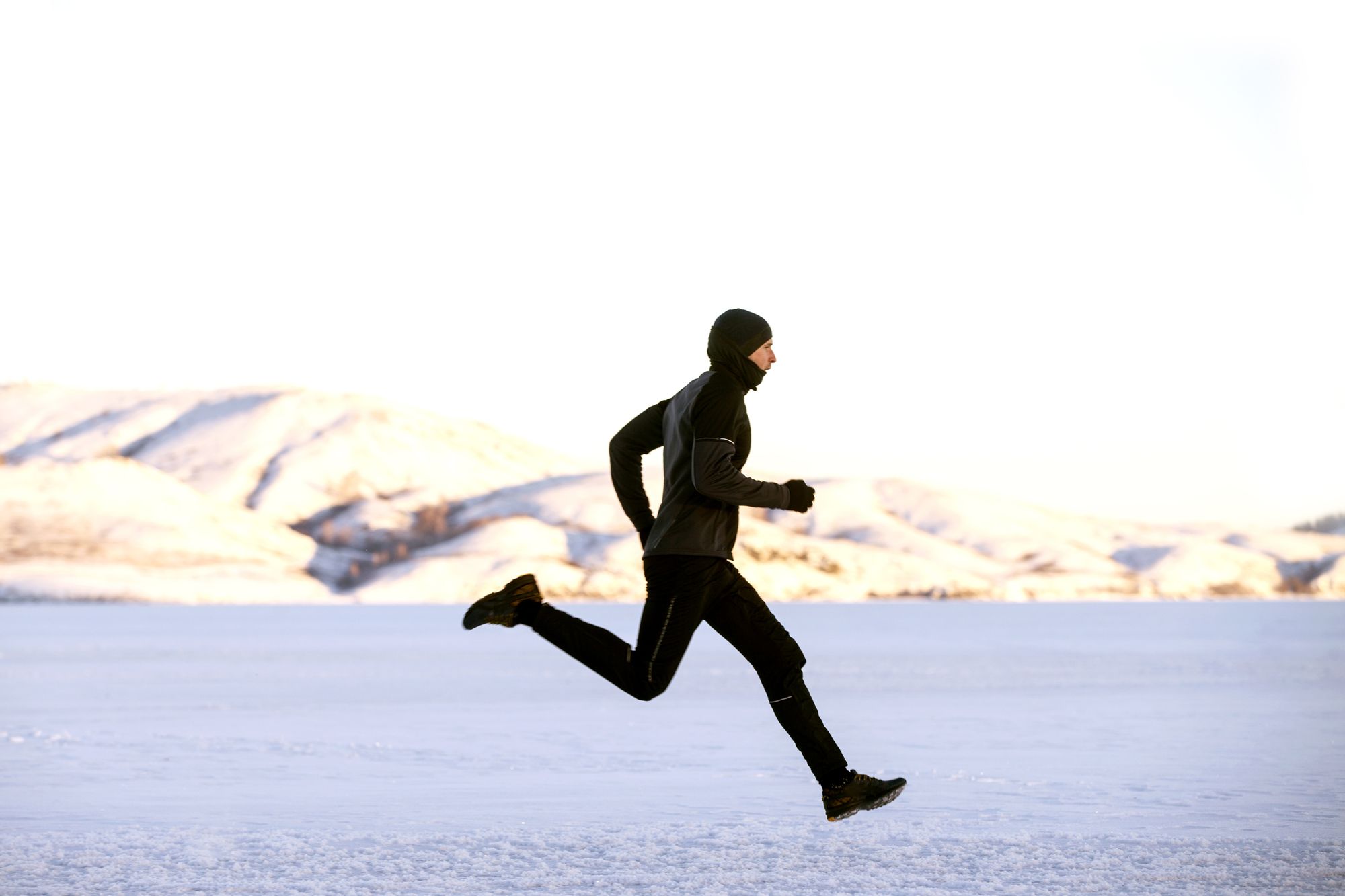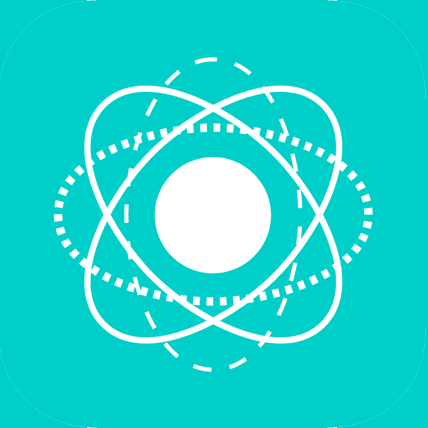Will You See Better Training Results If You Cycle Sync with Your Workouts?
If you menstruate, you might have heard that you should cycle sync with your workouts for better training results. Is it true? Get answers here.

This article’s for those of us who’re well acquainted (sometimes, a little more than we’d like) with Aunt Flo.
On some days, you're getting out of the house at 5 am and done with your workout by 6 am.
But there are also days where you're dragging yourself out of bed—and having to skip your workout session entirely because you're this close (*pinched fingers emoji*) to being late for work.
What’s up with that? OK, OK, so the first sentence of this article is a dead giveaway.
Your ebbs and flows in energy and motivation levels for the gym could have something to do with the hormonal fluctuations resulting from your menstrual cycle. That seems like an inescapable cycle of ups and downs, right?
But, as it turns out, you don't simply have to … well, go with the flow (ahem).
Instead of getting caught unprepared and unaware by the energy slump, you could “cycle sync” with your workouts to “hack” your menstrual cycle for better training results. Continue reading to find out how.
What is "cycle syncing"?
Cycle syncing is a term coined and trademarked by Alisa Vitti, Functional Nutritionist, HHC, AADP. It describes the practice of adjusting your lifestyle, diet, and workouts to match the current phases of your menstrual cycle.
Put simply, it’s a way of optimizing how you live your life, so you’re working with your hormonal fluctuations instead of gritting your teeth through them.
But wait. What kind of fluctuations are we talking about, exactly?
To answer that, we'll need to cover a (very—promise) brief refresher on what goes on during the four phases of your menstrual cycle:
2️⃣ Follicular phase: During this phase, several follicles (tiny sacs of fluid in the ovaries, each containing a developing egg) are "selected" to grow and mature. During this time, estrogen and progesterone levels start to rise. The follicular phase lasts about nine days.
3️⃣ Ovulation phase: In this phase, estrogen peaks, and progesterone levels rise. Of all the "chosen" follicles to grow, usually only one goes on to mature to the right size (note: sometimes, more than one egg can mature and be released in a process called hyperovulation). The follicle containing this egg ruptures, releasing the latter in hopes that a sperm will fertilize it. The ovulation phase lasts about three days.
4️⃣ Luteal phase: The last phase of the menstrual cycle. If pregnancy has not occurred, estrogen and progesterone levels decrease as the body prepares to move into the menstrual phase again. The luteal phase lasts about ten days.
Why cycle sync with your workouts?
As mentioned earlier, cycle syncing is a way to tweak how you live your life—lifestyle, dietary, and exercise choices—to work with each phase of your menstrual cycle.
But for brevity’s sake, we’ll only cover why and how you should cycle sync with your workouts.
So, first: why cycle sync with your exercise routine?
At this point, we all know it’s about making the most of your energy levels. But there’s more!
👉 Cycle syncing could also minimize your risk of injury.
You’ve probably already heard of this sobering statistic: the relative risk of anterior cruciate ligament (ACL) injuries in women is three to eight times greater than in men.
While researchers aren't sure why that's so, a leading hypothesis points toward the peak in progesterone levels in the late follicular phase just before ovulation. That's because research shows the hormone causes ligament laxity (i.e., hypermobile joints that are very flexible and have a wider range of motion).
Bottom line? To minimize your risk of ACL injuries, you may have to relook at your choice of exercises/movement patterns during this specific stage in your menstrual cycle.
Btw, the following articles could also help you lower your risk of getting injured in the gym:



How to cycle sync with your workouts
One tiny thing to note: if you’re on hormonal birth control, you may not experience as much benefit as those who’re not.
That's because hormonal contraceptives block the natural hormonal patterns in your system. But, of course, you may still find trying the following worthwhile—just to see how you feel.
Without further ado, here’s how to cycle sync with your workouts:
2️⃣ Follicular phase: Take advantage of your rising energy levels during this phase. Go for high-intensity workouts, and feel free to break your PBs on those big, compound movements like your squats and deadlifts. Just be mindful to taper off as you near the ovulation phase.
3️⃣ Ovulation phase: As you transit into the ovulatory phase, be mindful of plyometrics or anything that puts excess pressure and impact on your knees (remember how your risk of ACL injuries skyrockets during the late follicular phase?) If you’re still feeling good, feel free to continue breaking your PRs—your energy levels will support you.
4️⃣ Luteal phase: If you’re not pregnant, your body’s getting ready for the next menstrual cycle. That means you may experience the typical PMS symptoms: mood swings, tender breasts, and irritability. If so, ease up on your exercise. Low-impact, gentler exercises may be more suitable here.
Don’t love your workout routine?
All that said, it’s worth emphasizing that every person who menstruates experiences their cycle differently from the next.
You may not notice better training results after cycle syncing with your workouts. And that’s OK. The important thing is that you’ve tried.
Psst ... loving this women-specific topic? Then the chances are high you'll want to check out the following, too:


Whether cycle syncing with your exercise routine works for you or not, you should still try to dial up the “enjoyability” factor of your workouts—it’ll help you stay consistent with your routine. (Because, as we now know, women and men gain muscle mass at the same rate!)
Not sure how to improve the enjoyability of your workouts?
GymStreak will guide you through the entire process.
Just put in your fitness goal, and this smart, AI-powered personal trainer app will help you keep your workout sessions fresh and enjoyable by tailoring your exercise routine to your optimal training frequency, equipment availability, and lifting experience.
See it in action below:
A Workout Routine You'll Love—And Stick To
You're one click away from loving your fitness routine (trust us).
References
Alisa Vitti (@alisa.vitti) • Instagram photos and videos. (n.d.). Retrieved September 20, 2022, from https://www.instagram.com/alisa.vitti/reels/
Herzberg, S. D., Motu’apuaka, M. L., Lambert, W., Fu, R., Brady, J., & Guise, J.-M. (2017). The Effect of Menstrual Cycle and Contraceptives on ACL Injuries and Laxity: A Systematic Review and Meta-analysis. Orthopaedic Journal of Sports Medicine, 5(7). https://doi.org/10.1177/2325967117718781
Reed, B. G., & Carr, B. R. (2000). The Normal Menstrual Cycle and the Control of Ovulation. In K. R. Feingold, B. Anawalt, A. Boyce, G. Chrousos, W. W. de Herder, K. Dhatariya, K. Dungan, J. M. Hershman, J. Hofland, S. Kalra, G. Kaltsas, C. Koch, P. Kopp, M. Korbonits, C. S. Kovacs, W. Kuohung, B. Laferrère, M. Levy, E. A. McGee, … D. P. Wilson (Eds.), Endotext. MDText.com, Inc. http://www.ncbi.nlm.nih.gov/books/NBK279054/
Silvers-Granelli, H. (2021). Why Female Athletes Injure Their ACL’s More Frequently? What can we do to mitigate their risk? International Journal of Sports Physical Therapy, 16(4), 971. https://doi.org/10.26603/001c.25467
Training during first half of menstrual cycle most efficient. (n.d.). ScienceDaily. Retrieved September 20, 2022, from https://www.sciencedaily.com/releases/2016/09/160921084556.htm


